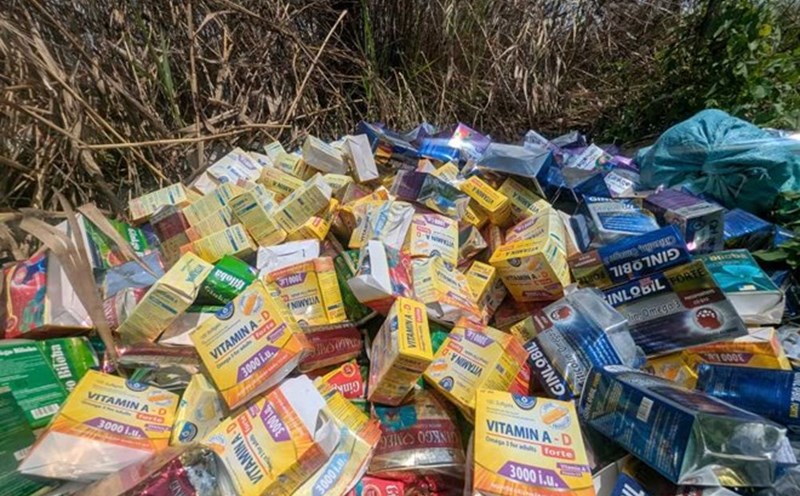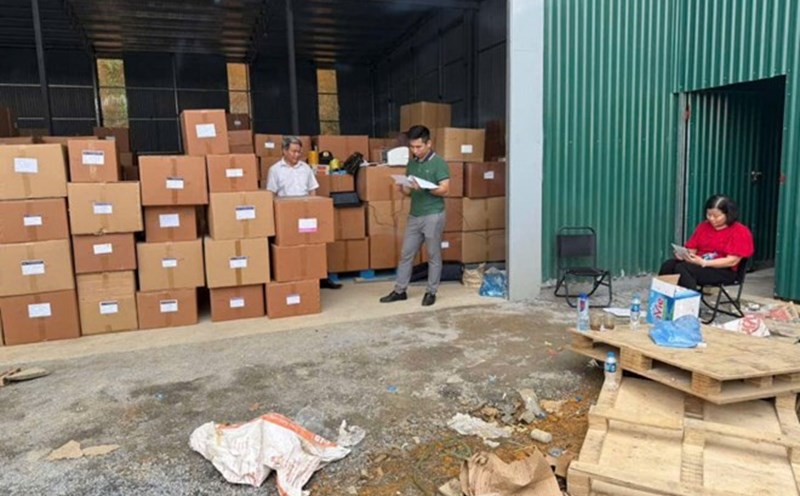It is expected that at the 25th session of the 16th Hanoi People's Council (from July 8 to 10), the Standing Committee of the Hanoi People's Council will report the results of the survey on compliance with food safety laws (FS) in the area.
According to the survey team, Hanoi currently has more than 10 million people living there, with a huge demand for food consumption. The whole area has more than 80,000 food production and trading establishments, including nearly 10,000 production establishments, more than 25,000 food trading establishments, nearly 39,000 food service establishments and nearly 7,000 street food outlets. However, the food output produced by the city only meets about 60% of demand, the rest must be imported from other provinces and cities or from abroad.
To date, 8,186 facilities have been granted food safety certificates; the city has also received more than 95,000 product self-declaration dossiers. The health sector has issued more than 3,200 product declaration registration certificates, along with more than 300 certificates of advertising content.
From 2021 to present, the authorities have inspected more than 315,000 facilities, of which more than 43,000 facilities were violating, but only more than 19,000 facilities were fined, accounting for a violation rate of about 13.7%. This shows that post-inspection work is still heavily administrative, not focusing on product quality and risks of food insecurity.
Notably, many shortcomings from 2019, 2020, and 2023 have not been resolved. Of the 8 concentrated slaughterhouses according to the decision of the Hanoi People's Committee, only 3 have come into operation (37.5%), but the operating capacity is only about 40%. Some facilities have modern lines but only operate at 15-30% capacity.
In particular, Hanoi still has 701 slaughterhouses for livestock and poultry located in residential areas, causing environmental pollution and food safety problems. The situation of transporting meat without quarantine and without inspection continues.
In addition, many pests and temporary markets still encroach on the road and sidewalk. The team of specialized staff on food safety is still thin; testing capacity is still scattered, lacking modern equipment.
Faced with the above situation, the survey team recommended that the Departments of Health, Industry and Trade, Agriculture and Environment advise the City People's Committee to adjust the decentralization of food safety management in accordance with the two-level urban government model, in order to improve management efficiency and protect people's health.












